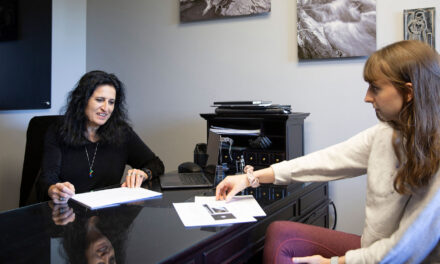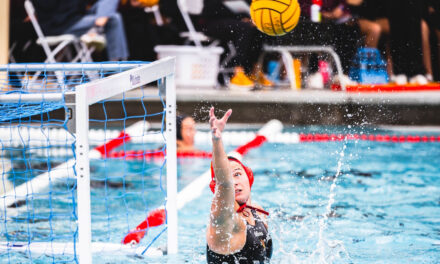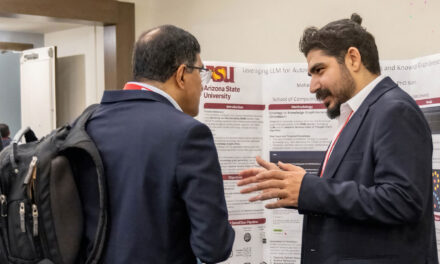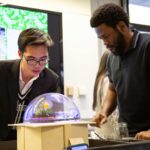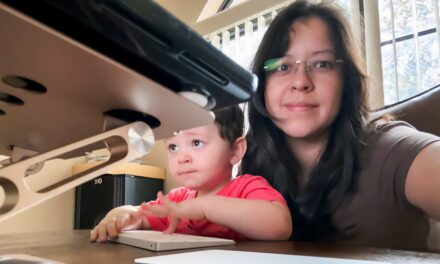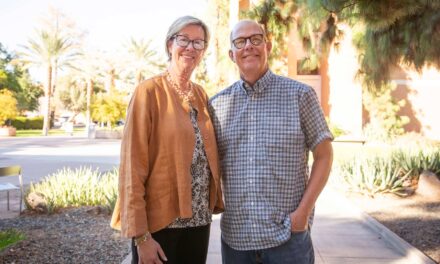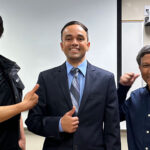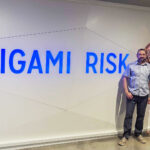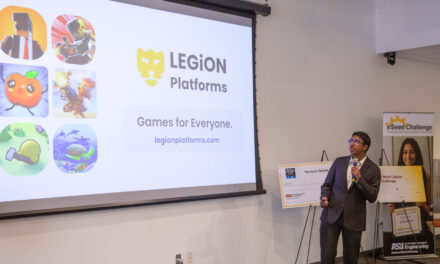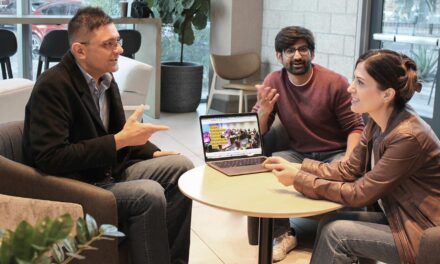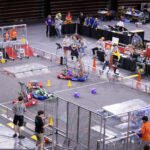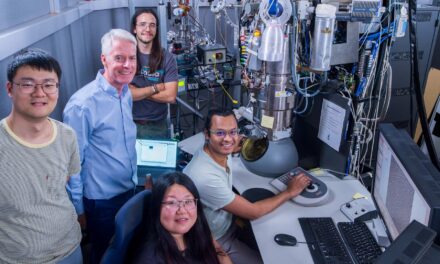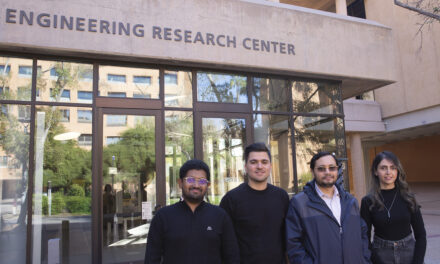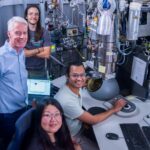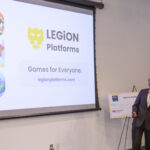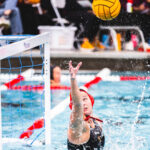
SPARK App League prepares students for jobs of the future
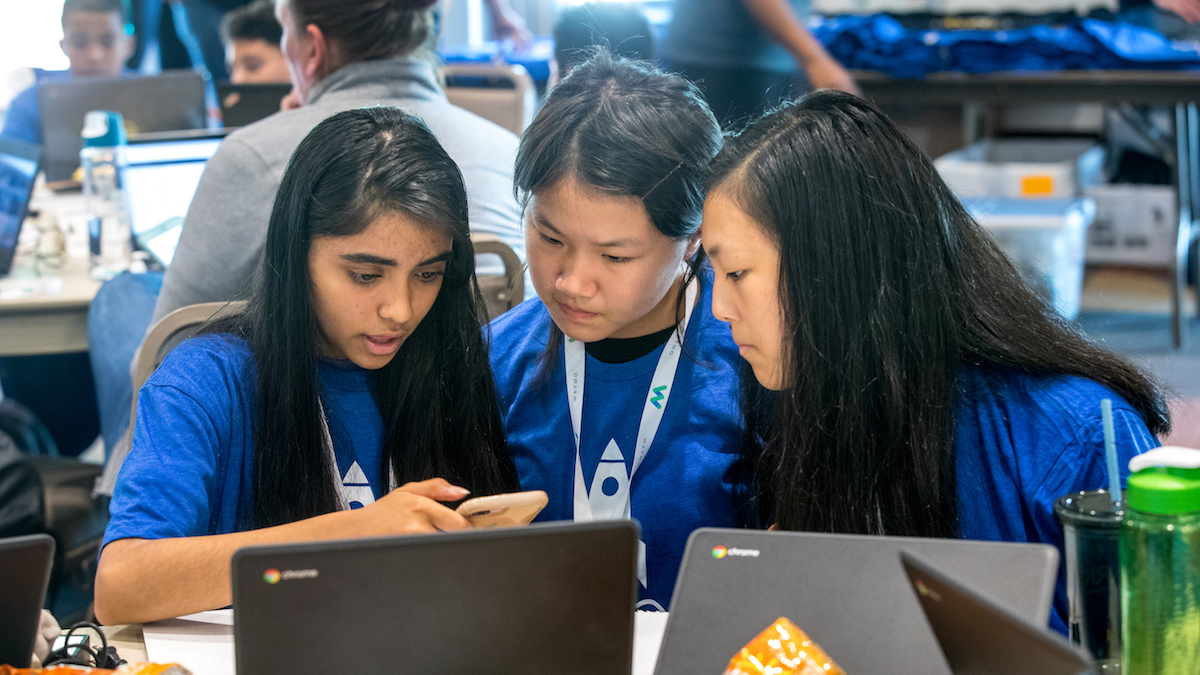
More than 200 middle and high school students gathered for two full days of coding at the SPARK App League® Game Jam, a signature coding competition held on September 12–13.
This year’s event, hosted by the Town of Gilbert, Arizona, in partnership with Arizona State University’s Ira A. Fulton Schools of Engineering, included both a beginner-level and advanced-level competition where students with varying levels of coding experience learned the importance and power of programming.
Melody Fraser, a teacher of computer science at Mesquite High School in Gilbert, has brought students to the event for the past four years. She believes exposure is key to preparing students to pursue careers in coding and other science, technology, engineering and mathematics fields.
“The future depends on these kids,” she said. “What they’re learning today is going to change our world tomorrow.”
The competition commenced as teams brainstormed, designed and developed game applications with Scratch from MIT Media Lab or a non-proprietary programming language, such as C++, Python or JavaScript. This hands-on coding experience gave students a taste of new pathways for the future.
“Computers are transforming the world and revolutionizing every industry,” said Derek Konofalski, a data and technology analyst in the Town of Gilbert’s Office of Digital Government. “Nearly every piece of technology or electronics now requires some kind of programming and, going forward, every career will need to have some kind of skill in programming or scripting.”
The Town of Gilbert and the Fulton Schools collaborated with the Smithsonian’s Lemelson Center for the Study of Invention and Innovation and Waymo self-driving cars to encourage invention and innovation in the process of game development with a focus on the future of transportation.
Tim Pula, an interpretive exhibits coordinator at the Spark!Lab, the flagship educational initiative of the Lemelson Center, attended the event to engage, educate and empower students to participate in technological, economic and social change through invention.
“Our big goal is really to get kids involved in the process of invention and incorporate it in some of their games,” said Pula. “An excellent way to prepare kids for the jobs of the future is to teach them how to solve problems and be innovative and inventive.”
The uniqueness of games ran the gamut from a cat saving the world in rainbow-powered vehicles to a custom-built starship traveling to Mars and other planets. Many of the games incorporated ideas from futuristic transportation technologies inspired by Waymo, such as electric vehicles, driverless cars and other autonomous technology.
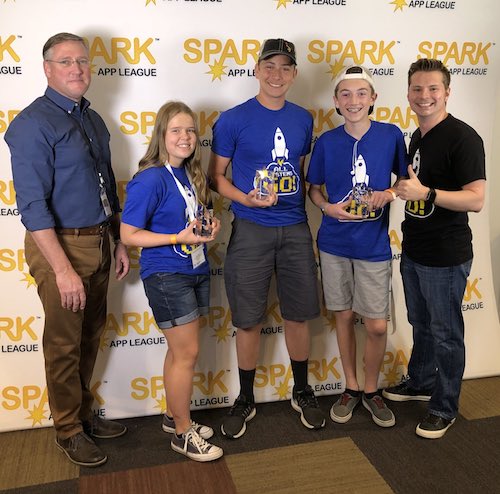
The Scruffy Nerf Herders win the Model Citizen Award for Beginners at the 2018 SPARK App League Game Jam. Ninth-grade Mesa homeschoolers Sarah Towey, 13, left, Noah Terrill, 14, and Ben Zazick, 13, show off their awards. Photo courtesy of the Town of Gilbert
Ninth-grade homeschooler Sarah Towey, 13, participated in the competition to take her coding skills to the next level. Her team called the Scruffy Nerf Herders built a game where players customize a submarine and drive it through sea caves without hitting the walls. The team also added a villainous squid to chase players as they try to navigate through the sea caves.
“I want to be a software designer or an architectural engineer,” said Towey. “It’s been really fun to learn a new programming language because coding is a useful skill to have. A lot of jobs in the future will require some knowledge of programming.”
Christina Carrasquilla, a lecturer of graphic information technology at The Polytechnic School, one of the six Fulton Schools, has been involved with the competition since 2014.
She serves as the director of mentorship and education for AIGA Arizona, the professional association for design, and a faculty advisor for AIGA Poly, ASU’s chapter of the design association. AIGA Poly helped create some of the image assets students could use in their game design at this year’s competition.
In April 2017, AIGA Poly earned the Best Demonstration of Community Embeddedness award at the Fulton Schools Student Organization Awards and Recognition Ceremony. The award recognized the association’s involvement in the SPARK App League Game Jam over the years.
“I love seeing the creative ideas participants come up with in their games,” said Carrasquilla. “It’s very rewarding to see participants fall in love with design and coding and realize this is something they can do, this is within their reach.”
Tenth-grader Sarah Roza, 15, from Gilbert Classical Academy, participated in the event to figure out what type of career she wants to pursue when she gets older. Roza and classmate Lauren Paladino, 14, designed a game where a character named Super Cat has to build different vehicles to travel across varying terrains to save the world from enemy bases.
“Our game is a little bit silly but I really enjoyed drawing some of the designs,” said Roza. “It’s very purposely not good quality drawings to add to the humor of it. So, that was really fun.”
The competition gave students the opportunity to explore new interests, learn code, participate in a college atmosphere early on and gain skills for potential future careers.
They also had a chance to win prizes through coding trivia, social media challenges and in a variety of categories for both beginner and advanced levels, including best game design, best visual design, best technical game, the model citizen award and best overall game.
“SPARK Game Jam is all about access, excellence, innovation and inclusion,” said Carrasquilla. “Those align precisely with ASU and the Fulton Schools.”
Congratulations to all the SPARK App Game Jam winners!
Winners (Beginner)
Best Game Design – Bears, Basha High School
Best Visual Design – Mesquite2, Mesquite High School
Best Technical Game – Mesquite1, Mesquite High School
The Model Citizen Award – Scruffy Nerf Herders
Best Overall Game – Waymo Galactic, Highland High School
Winners (Advanced)
Best Game Design – The Dark Knights, Higley High School
Best Visual Design – NaCl-y Boi, Gilbert Classical Academy
Best Technical Game – Bobcat 1, BASIS Chandler
The Model Citizen Award – Campo Team 1, Campo Verde High School
Best Overall Game – The Dark Knights, Higley High School



